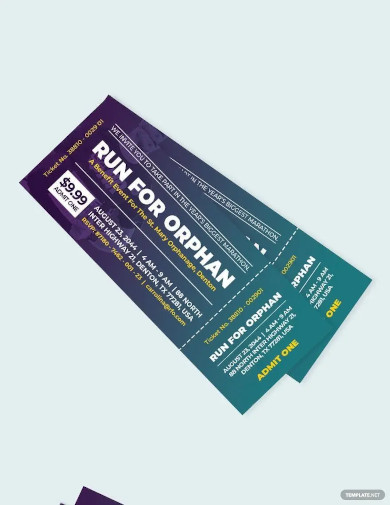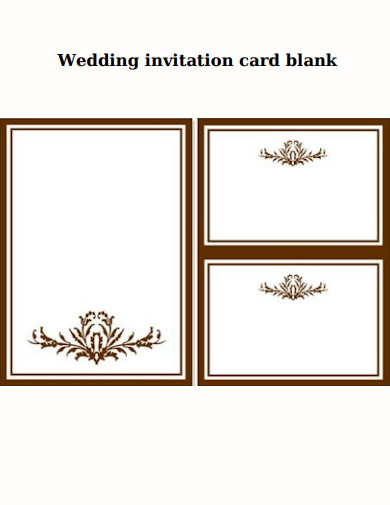While we wake up each day to accomplish various tasks—thinking that life is just an unending cycle of facing struggles and overcoming them, someone in some part of the…
continue reading
Free Blank Invitation
-

Free Blank Invitation
download now -

Blank Event Invitation
download now -

Blank Wedding Invitation
download now -

Free Blank Ticket Invitation
download now -

Free Blank Ganesha Invitation
download now -

Free Blank Confirmation Invitation
download now -

Blank Baby Shower Invitation
download now -

Blank Invitation Design
download now -

Blank Birthday Invitation
download now -

Sofia the First Blank Invitation
download now -

Blank Invitation Card
download now -

Spiderman Blank Invitation
download now -

Blank Class Reunion Party Invitation
download now -

Minnie Mouse Blank Invitation
download now -

Unicorn Blank Invitation
download now -

Engagement Blank Invitation
download now -

Childrens Blank Invitation
download now -

Halloween Blank Invitation
download now -

Wedding Blank Invitation
download now -

Frozen Blank Invitation
download now -

Birthday Party Blank Invitation
download now -

Floral Blank Invitation
download now -

Blank Dinner Invitation
download now -

Blank Simple Invitation
download now -

Rainbow Blank Invitation
download now -

Birthday Blank Invitation
download now -

Indian Wedding Blank Invitation
download now -

Printable Blank Invitation
download now -

Flower Blank Invitation
download now
What Is an Invitation?
An invitation letter is written by the host of an event to a guest or a collection of guests to invite them to the event. Invitation letters are typically written in a formal tone. Still, depending on the nature of the event or the guest’s relationship with the host, they can also be written in a more casual style. Invite letters are written during wedding ceremonies, inauguration ceremonies, business meetings, annual company functions, cultural festivals, etc.
Benefits of Invitations
It is a common misconception that invitations and save-the-date cards are becoming obsolete as the digital age advances. People nowadays use social media, events, and group texts to inform others of an event, and while this may seem more superficial, it removes the personal touch that invitations provide. If you’re still deciding whether or not to use invitations for your party, wedding, or baby shower, allow us to persuade you of their value by outlining why they remain as pertinent as ever.
How to Plan an Event
Whether planning a modest meeting or a large conference presentation proposal, event planning is monumental! Every event requires careful planning and organization, regardless of its simplicity or complexity. From establishing an accurate budget to promoting your event, there are several factors you should consider to make the process as stress-free as possible. Even though no two events are identical, and every event has different objectives, budgets, and audiences, there are steps you can take to jumpstart the planning process, stay on track, and maximize the success of your event.
1. Define Goals
Before jumping right into the event’s logistics, such as venue and speakers, you should determine the event’s purpose and motivation. Defining your event’s objectives and preliminary project scope statements enables you to gain leadership’s support. You can construct an initial event scope by establishing your goals and objectives. Your area should provide essential details and indicate how you will achieve your dreams. If your organization is already on board with the event, your goals and content will help you advance to the following planning stages.
2. Create an Event Budget
Budgeting is an essential first stage in event planning that clarifies other aspects of the plan. In addition, a budget helps to prevent unpleasant surprises. You will succeed if you plan out your entire budget in advance, continue to revise it as you finalize variables, and maintain a close relationship with the process. Based on your preliminary budget report and scope of requirements. It would help if you began to outline your line item costs to determine how your funding will be allocated across your needs.
3. Develop Your Event Team
You may personally handle many or all of the tasks described in this section for minor events. For significant events, an organized workforce is required to execute the production. When creating a team from scratch, it is essential to assign roles early on to ensure accountability. Each member of the team should report to a project manager who has oversight of all moving parts. In addition, creative designers create all visual designs for printed and online materials, such as event schedules, collateral, registration forms, signage, and everything required for the mobile event app. Simply put, they make you appear suitable. You may hire an event design firm.
4. Pick Your Venue and Date
Choosing your event’s location and date are two crucial factors influencing the remainder of your project plan. Start your venue research as early as feasible. The event market is crowded, so it is essential to locate a time when venues are available. When choosing a platform, you must also consider seasonal factors such as travel and expense, as well as the dates of your event.
5. Develop Event Branding
You want a solid personality to flourish when people think of your event. In addition, a decisive event brand provides direction and helps to steer your event. When selecting a brand for your event, remember that it should reflect your organization’s brand and have its own identity. Additionally, consider how your brand will be perceived online and offline. Consider how you will incorporate your event’s brand into its components.
How to Effectively Write Event Invitation Letters
Regardless of the type of event you are organizing – in-person, hybrid, or digital – invitations are essential to the planning process. Ultimately, a successful event owes a great deal to invitations to attract attendees. With the rise of digital invitations, you may wonder what type of invitation is appropriate for your event, how to adapt your invitation letters to the event’s format, and how to keep them professional. If you are still intrigued, below are the steps to create one.
1. Create a Pre-writing Checklist
Before you begin creating your event invitations, it is essential to have an inventory containing the invitation’s important details. This ensures that your invitation is comprehensive and persuasive. Whether your event is entirely digital, hybrid, or in-person, you should customize the invitations accordingly. This includes information on how to attend, any prerequisites, and who to contact for queries or troubleshooting assistance. Instead of sending a templated e-invitation, compose personalized and considerate text. Be inventive and demonstrate your company’s values. You can preview your event as you develop it using the website’s content management system, then publish it promptly to see it in action on your mobile device. The application is available for iOS and Android as well as desktop and other mobile platforms via a web-based HTML version.
2. Keep It Short
You should include only the essential information and a professional invitation in your invitations. Shorter messages are more likely to be read and simpler to comprehend. You are also more likely to receive responses if the RSVP process is straightforward. If the invitee desires additional information about the event, you should provide the appropriate contact information and any relevant links.
3. Keep Your Tone Grateful
Professionalism and respect for the recipient’s time are two qualities that should shine through in invitations. It will put a good spin on your business and the event and show your guests how much you value their presence. You can also assume they’ll say yes if you add a note saying how much you look forward to having them there. You can thank them for reading your invitation to make them feel appreciated. Including the company’s contact information can reassure the recipient that the event is legitimate.
4. Indicate Whether a Response Is Needed
You should specify whether a response is desired or required to validate a guest’s attendance sheet. You should include RSVP information so your correspondents know how to respond and you can anticipate the number of guests. RSVP is required for in-person events to ensure that the venue has sufficient capacity and to coordinate seating, refreshments, staff, and security accordingly.
5. Always Proofread the Letter
As with any content you create, you should always proofread your work before publication or transmission. Check for errors and ensure the contact information, venue, and date/time are accurate. If you send a digital invitation containing links, you should verify that the links are functional and lead to the correct pages. Additionally, you should review a test invitation before sending it to your invite list to ensure it displays appropriately. If you publish physical letters, you should print a test page to ensure everything is correct; only print part of the batch after discovering an error!
FAQs
How do you write an invitation letter to a guest?
While composing the letter, we must first introduce ourselves, describe the organized event, and provide the correct location. We would appreciate the presence of such distinguished visitors in the future. End the letter by anticipating a favorable response from the recipient.
What is the basic event concept?
A theme is a central concept underlying the entire event. It frequently includes the event’s overall tone, structure, and objectives. A vision for an event may sound similar, but it is distinct. An event concept is, by definition, the event-specific details and elements that comprise the event’s operational aspects.
How do you introduce an event?
Introduce the event by providing a brief description of its title and purpose. If applicable, you can mention the event’s name, age, and the organization coordinating it.
Invitations may be one of the final stages in your event planning process, but they are crucial – they can make or break your event and make the rest of your efforts worthwhile by attracting the desired audience. Planning an event can be distressing and complex, which is why invitation applications are helpful for professional event planning. Check out our prices if you’re considering hiring us for an event! Whether you’re hosting a virtual, hybrid, or entirely in-person event, we’ll assist you at no cost to ensure its smooth execution. Then why are you still waiting? Today, create an invitation with us!

